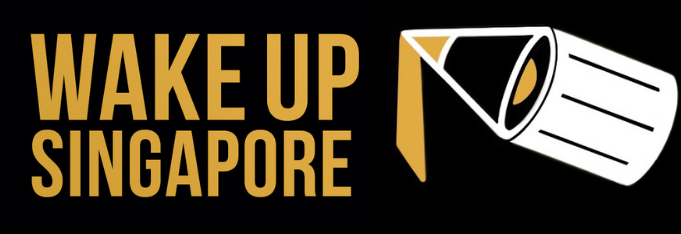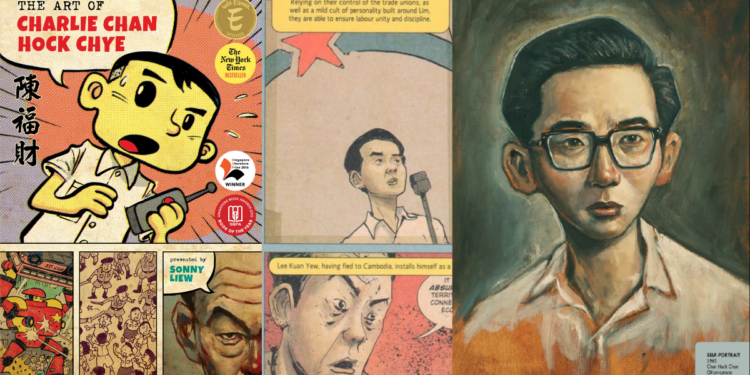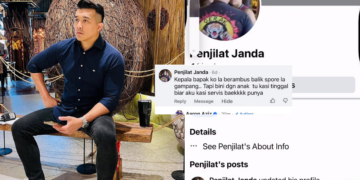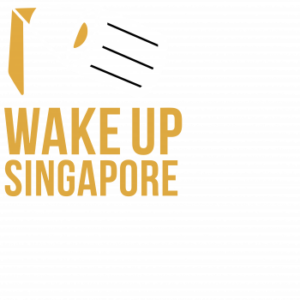By Chang
Rating: 4.7/5
Fundamentally, history is a collection of narratives written by different people according to what gives them meaning. Hence, history can be understood as a collection of different stories often written for the interests of those whom the writer represents. Rather than seeing historical narratives as propaganda, it is thus more fruitful to consider the positionality and motivations of those behind each written story. The comic ‘The Art of Charlie Chan Hock Chye’ does exactly that.
Summary and Stylistic Review
‘The Art of Charlie Chan Hock Chye’ can be read as a curated exhibition of the a fictional comic artist. Charlie Chan, the protagonist of this book, is the son of a provision shop owner, and draws during his free time. Thanks to a customer of his father, he ends up going to an English educated school. Over the years, he draws comics, and eventually works together with Bertrand Wong, a comic enthusiast, on a comic series that is tailored to the Singaporean context. Coupled with the workings of story-telling and design, these comics inevitably become political commentaries of the social and political landscape of Singapore. Thus, as we grow along with our budding artist, we see Singapore’s history unfold and told in a different light away from the usual Singapore story.
This comic “exhibition” is nicely mapped onto Singapore’s development trajectory, from the Japanese Occupation and into the state of stability and comfort that we are more familiar today. While the story begins by coinciding with the usual narrative of the Singapore story, it slowly strays away from the mainstream discourse, offering critiques on policies and narratives of that time. Sonny Liew very masterfully blends the death of art in Singapore alongside other necessary decisions made in favour of achieving economic progress in tumultuous times. At the end of the story, while there is no particularly heroic ending, the reader is invited to consider how each individual can play a role in writing and understanding history and politics of today.
Liew is able to prompt readers through his side-by-side presentation of history and the creation of historical narratives (i.e. how history can be written). In framing the book as a commentary on the art scene in Singapore through the years, the reminder of how art is constructed by practical interests (how to sell out fast, what makes a sensational story) serves as a constant reminder of the way history and stories are constructed with biases. Hence, just as how Singapore’s story should be critically assessed, alternative histories also deserve careful consideration and thought.
Liew’s style was also especially clever in blending reality and fiction. By purposefully representing Charlie Chan Hock Chye’s work as an exhibitions piece, the reader is immersed in this autobiography — except that Charlie Chan does not exist. Hence, this blurry line between fiction and “truth” (if there even is one) serves again as a reminder of how stories can be told in compelling ways that make it seem so natural, people take it for granted as the truth.
Liew’s work highlights three themes which are often absent in the way Singapore teachers our history — the lens of anti-colonialism, alternative history and being pragmatic (Singapore’s favourite mentality).
The lens of Anti-colonialism
This book challenges Singapore’s relationship with the British colonial government. Anti-colonialism, the ideology of going against colonial powers and their lasting effects (in policies, social and economic structures), features more strongly in the recount of Singapore’s post-war to pre-Independence days. The cartoons featuring the Hock Lee Bus Riots, and the emergence of Harry Lee Kuan Yew and Lim Chin Siong, took on a very anti-colonial stance, where resistance is framed as a disdain to the British colonial government and “its lackeys” rather than general discontent with new policies put in by a young local government. In fact, each leader of that era (from David Marshall up till Lee Kuan Yew) represents a different way of claiming Singapore’s independence in light of the declining British empire. Since each leader represents a different philosophy and method, readers are invited to consider how colonialism — the legacy of colonial empires in former colonies — is managed and/or resisted by the locals.
Notably, the colonial government was antagonised because of the need for a villain in Charlie’s comic series. Nonetheless, it offers a different perspective from Singapore’s usual pro-British colonial government stance in the Singapore story.
Alternative Histories
This books also invites readers to more creatively frame Lee Kuan Yew’s policies and legacies beyond the usual narrative of LKY as a hero. Liew offers his critiques broadly through two different means.
Firstly, he offers a different perspective of understanding LKY’s policies through the use of analogies. By portraying Singapore as a corporate under an authoritarian leader, Liew highlights how LKY’s iron fist hindered the development of a more collaborative way of governing the country. Civil society is hushed in favour of establishing stability and peace. This stability and peace is undoubtedly important for Singapore’s economic development back then (how else do you attract foreign investments?) However, such strict policies made society docile, losing its place in contributing to the country beyond the economic realm. Such a harsh critique made through the analogy of a company — an organisation which prioritises profits — thus invites readers to consider if sacrifices to social development and press freedom can be negotiated in today’s context.
Secondly, Liew spotlights anther important figure in Singapore’s history — Lim Chin Siong. The overtly heroic undertones in the representation clearly outlines Liew/Chan’s bias. However, it pokes at Singaporeans to reconsider our over-idolisation (and some might even say, our cult-like obsession) with one of our founding fathers by highlighting the dependencies all our founding fathers had on each other in the early years. Choosing to spotlight only one founding father, or having a fixed canon of founding fathers is a deliberate act to remember some and forget others. This exclusion thus erases important contributions and webs of relations that made Singapore the way it is, and thus only really siding with the victor’s story. Ultimately, politics is a cut-throat arena that cannot be free of blood, and valorising one person obscures the ugly side of politicians.
Pragmatism/ Necessity
Without spoiling the book too much, I must admit that the ending was unexpectedly heartening and hopeful. Should our characters have the benefit of foresight of what was to come, would they have made the same decisions as they did? Lim Chin Siong, as history tells it, eventually walks over to join the Hock Lee Riots, marking the start of the end of his political career.
In the end, where duty calls, each character made the decision that they saw was most necessary at that point of time. Just as how LKY would go on in later interviews and autobiographies about how he never regretted any of his decisions, some sacrifices were made and Singapore came to be where we are today. Could we really say these decisions directly led to these outcomes? No one will really know. But in face of hard decisions, people make the choices they deem fit, and it is undeniable that Singapore now basks in the fruits of our earlier generation’s labour.
Thus, Liew asks an open-ended question — can doing what is necessary ever align with being pragmatic? This implied question leaves readers wondering to what lengths we would go to protect what we value, be it comfort, stability or democracy.
Moving Forward
While Liew’s alternative history highlights the sacrifices made and the things we gave up in favour of economic development and social stability, it also offers new ways of looking into the future. Ultimately, having deconstructed the Singapore story, Liew highlights the biases that may have otherwise been left unnoticed for Singaporeans familiar with the original narrative. Thus, while there might be minimal effect in condemning the past, we can move forward by deciding what’s biases we do not want to inherit from politics and policies of the previous generation. While they may have been deemed “necessary” at that point of time, we now have the power to reconsider our new positionality moving forward.
Therefore, how do we reimagine politics today? Can we aim for a more collaborative climate, with checks and balances on crucial concerns of the people? Rather than the false binary of either friends or foe, how do we encourage a healthier relationship between alternative viewpoints and the main discourse in SG?
For those wanting to trace the construction of Singapore histories (beyond The Singapore Story), this book is for you!
You can purchase a copy of ‘The Art of Charlie Chan Hock Chye’ at Epigram Books or Kinokuniya.
If you would like to submit a book review to Wake Up Singapore, email admin@wakeup.sg
More from Wake Up Singapore:-
From Changi to Sentosa: A 24km Walk to Celebrate Singapore’s National Day
If you have a story of a tip-off, email admin@wakeup.sg or get in touch via Whatsapp at 8882 5913.
Since you have made it to the end of the article, follow Wake Up Singapore on Telegram!
Wake Up Singapore is a volunteer-run site that covers alternative views in Singapore. If you want to volunteer with us, sign up here!
If you can, please do consider buying a mug or two to support Wake Up Singapore’s work!







